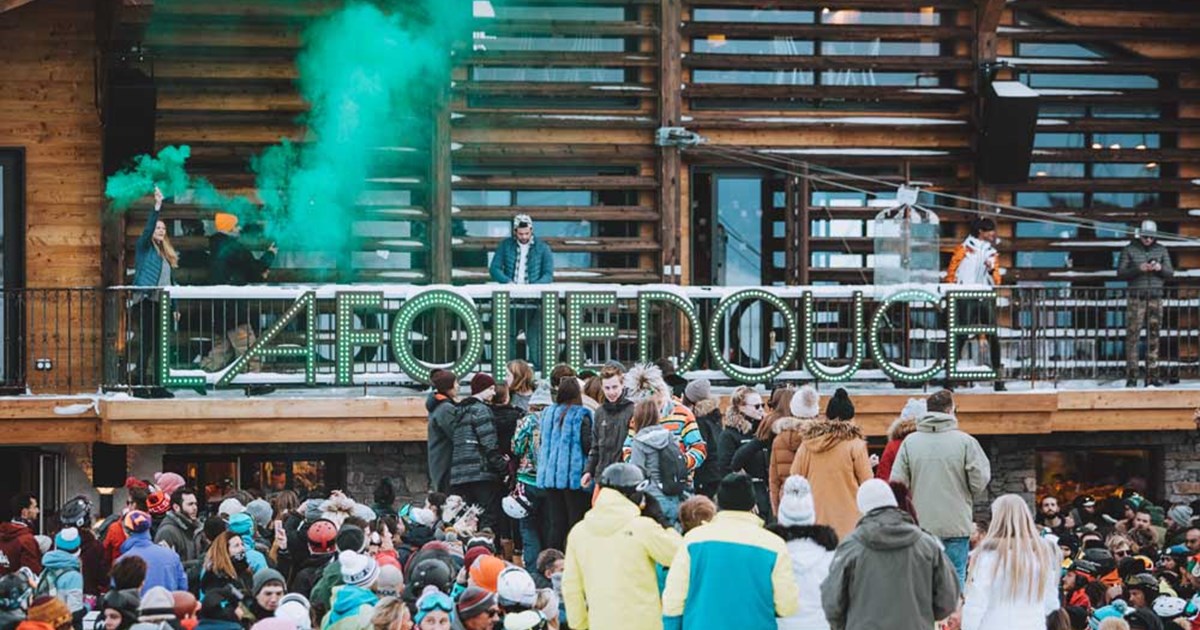After
a short-lived North American life, CoreUpt went into bankruptcy earlier
this month. The French ski brand, which started selling direct to
consumers in 2009, was distributed in North America since the 2011
season via The Soze Group in Canada.
But with a myriad of problems, CoreUpt reportedly owed its creditors
too much money and went belly up before getting products made for the
2012-13 season.
Skiing Business caught up with Jay Taylor, the president of
The Soze Group, to find out why a brand that’s gaining momentum was
stopped abruptly.
So you guys sent cancellation orders to your retailers?
Yeah. We tried to guarantee our production using our own cash flow, but
the guys at CoreUpt wanted a piece of the action in order to manage
everything. The factory didn’t agree to the terms we were trying to
get, and the deadline for a production run was June 1. It would have
ended up costing too much money for the 2012-13 skis to be made.
In the end, we couldn’t get enough other countries on board to keep the brand going for this season.

Jay Taylor, The Soze Group president
Were you in a position to buy the company to keep it going?
The creditors own the brand name as well as the operational side of the
business, but the two are separate entities. We tried to buy just the
name, but they didn’t want to sell the two separately.
I think the creditors have about 1.2 million euros (about $1.5
million) invested, and they’re taking offers. It would have made sense
to us if we could get it for 10 cents on the dollar, but they wanted 20
cents to 30 cents on the dollar. Beyond the acquisition cost, we would
have needed to put another $1.5 million to $2 million back into the
company to rejuvenate it.
We talked with the distributors in Sweden and in Norway about
pitching in with us to buy it, but we couldn’t work out the details.
The longer CoreUpt is in bankruptcy, though, the better our chances of
buying it are because I imagine the owners would accept a lower bid.
We’ll continue to watch it and wait for the right time-if there is one.
As the North American distributor, how does this impact you financially?
In terms of missed revenue, it’s about a $500,000 hit based on what
orders were already placed and what we expected for reorders. Beyond
that, we put in about $175,000 for samples, trade show and travel
expenses, and other normal business costs.
 Being a distributor, you’re a little removed from the inner
workings of the parent company. So from that semi-outsider’s point of
view, what do you see as the reason the brand went bankrupt?
Being a distributor, you’re a little removed from the inner
workings of the parent company. So from that semi-outsider’s point of
view, what do you see as the reason the brand went bankrupt?
I think there were multiple things that led to this. They had a pretty
big athlete program to help drive sales, but I think it was too
ambitious and cost too much money. They also spent quite a bit of money
to increase sales. If done right, you can grow organically about 20
percent every year. But if you want to grow more than that, you need a
bridge loan to cover the gap between your profit in one season and what
you expect to spend the next. I think that hurt them too much.
Then there was the apparel side of the business. There was a flood
in Thailand that wiped out their production, and they expected their
direct-to-consumer sales to be bigger than they were. Despite planning
to operate on a loss for a few years to develop the brand, they
ultimately spent more money than they were collecting.
Did you see this coming?
We had some concerns when they started the apparel program. We were
asking questions about how they planned to finance it, and we kept
being told to not worry about it. Usually when you’re told to not worry
about money, you should start worrying about money.

Guerlain Chicherit, CoreUpt founder
How much responsibility do you guys take?
We did everything we needed to do to put product on the wall and take
orders. The only thing that we could have maybe done differently was to
pay the parent company upfront for the orders we took, but nobody in
their right mind would have done that. If we would have done that, and
products weren’t delivered, we would have been screwed.
If the price is right and you buy the brand, what makes you think you can do things better?
We know what they did wrong, and I don’t think it will take that long
to make CoreUpt profitable again. The brand is strong, the products are
good, and we have the distribution channels in place. I don’t think it
would cost too much to get the brand back on its feet.
Thanks to
 Ryan Dionne
Ryan Dionne